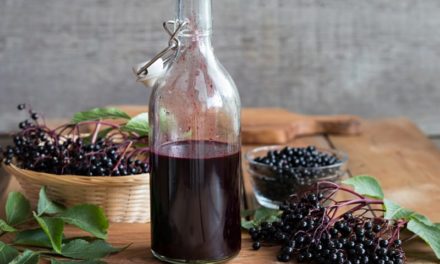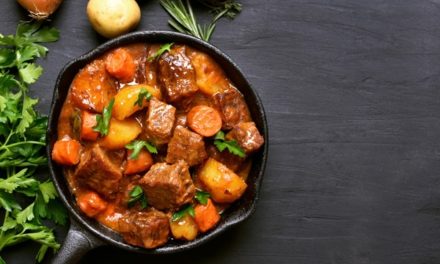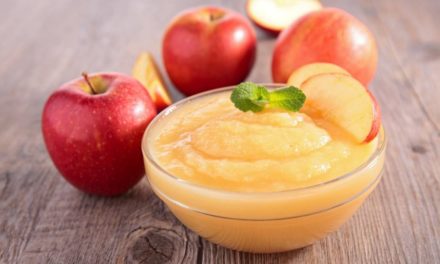By Jeanne Brovelli,
Interior Re-designer
There has been much talk about Feng Shui recently, but what exactly is it? While the art of Feng Shui is quite complex (and I don’t consider myself to be any kind of an expert on it), I have been intrigued by the elements of Feng Shui for a while and I would like to share some very basic elements that you can apply to your own gardening experience. In a nutshell, Feng Shui, which literally translates into “wind and water”, is the ancient Chinese practice which considers the environment to be a metaphor for everything that occurs in your life. It is based on the idea that energy or chi (pronounced chee) in every space has its own personality. When the space you live in is arranged in harmony with nature, life can be very good. Well, I don’t know about you, but this idea appeals to me very much! The first basic principle to understand about Feng Shui is that it is not a religion, nor does it require the belief in any god; it is simply the art of perfect placement to maximize good energy. In order to get the maximum peace and harmony into your garden, it is important to balance the energy and correctly place all of the elements that will be in the garden.
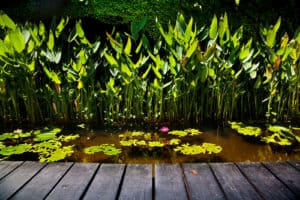
Alright then, lets look at wind and water. Wind will always be in your garden. Wind travels on its own accord and there isn’t too much you can use to harness it. But there are a few things you can use to enhance your appreciation of it. Some options are small windmills, wind chimes, trees, or any object designed to be animated by wind. Wind chimes are a wonderful addition to any garden, as their gentle sound creates healing vibrations in the air.
Water in your garden can take many forms. You can have a waterfall, creek, pond, or even just a running fountain or two. At the very simplest level, you can incorporate a bird bath. If you live in a rainy area, you may want to consider the many options you have available for man-made fountains or a man made pond or creek.
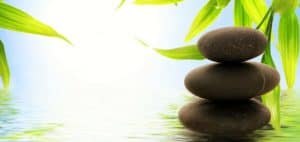
Aside from the two most important elements of wind and water, there are nine life–activity elements or “bagua” (pronounced bah-gwa) for a perfect feng shui garden. These are based on an eight-sided figure, each of the eight sides symbolizing one activity in life. Each activity is connected to one of the eight directions. There is much more information that one can glean about this feng shui concept, if you want to explore more for yourself. These areas are: wealth, fame, partnership, family, energy, children, friends, career, and knowledge. Each one is represented or amplified by its own elements and symbols
.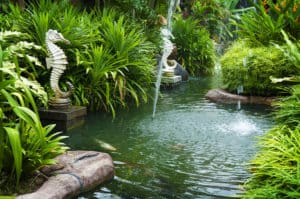
There are also five natural elements of feng shui. These are WOOD, the element of spring, FIRE, the element of summer, EARTH, the element of Indian summer, METAL, the element of fall, and WATER, the element of winter. There are colors and shapes associated with each of these elements. The perfect environment, whether indoors or out, contains all five elements working together to create balance and harmony.
A good place to start your Feng Shui-inspired garden is to clear away any clutter and or dead plants in the garden. These are interfering with the positive energy flow. Then, take a look at the flow of the garden. Do you have a dead-end space? Create a destination with it or have it be incorporated into the overall garden flow. Are your pathways straight in a line? Chi flows too fast along straight lines and we then cannot benefit from it, so avoid them and create curved, more organic shapes with your pathways.
Other negative aspects or “bad chi” to be aware of are electrical lines, large buildings, hospitals or cemeteries nearby. To counteract these sources try using wind chimes, upward-facing lights, gazing balls, or statues in the garden. So no matter what the “bad chi” energy situation is, you can always add some “good chi” to counteract it.
Color is one of the easiest ways to shift the energy in your space with feng shui. You can create garden areas that have particular energy focuses using plants, flowers and garden accents, depending on what your particular focus will be.
The FRIENDSHIP GUA is normally situated in the front right area, the first to be noticed and this area is about increasing synchronicity with others. The colors are silver and gray and the element is metal. One way to add metal is through a metal bench or chairs. A few plants to consider are hosta, baby’s breath, and lambs ear.
The WISDOM GUA can often be a mediation site. The knowledge sought in life may change considerably from time to time, so it’s important to design the wisdom gua in a way that will amplify any form of knowledge. The color is blue. You can incorporate several shades. The element is earth and some flowers to consider here are hyacinths, lobelias and irises. The idea for this garden site is to keep things simple, yet pleasing.
The LOVE GUA is about either supporting or developing happy and healthy relationships with one person. Now we’re talking! The colors are the Valentine colors of pink, with accents of white and red. The elements are earth for wisdom and fire for passion. Some flowers to think about here are sweet peas, roses, and hydrangeas.
The FAME GUA is about promoting respect and building courage to do the right things in life. The color is red, with rich green to amplify the red to its fullest. Some flowers to consider are geraniums or red daylilies. The elements are hard wood and fire. You might want to add a hardwood bench or statue and a fire pit or torches in this area.
The final area is the CHILDREN/CREATIVITY GUA. The connection here is that the ideas of children and creativity go hand in hand. So the energy is about promoting creative thoughts and solutions, solving problems with children or entering into the childbearing phase of life. The color is pure and innocent white with pale pink accents. Flowers to consider can include lilies, carnations and roses. The elements are metal and wind. This is a great area in which to incorporate wind chimes. Think of this area as your most unique and whimsical garden area and develop it accordingly.
This is just a sampling of using Feng Shui in the garden. I have to confess here that I am probably not going to become a strict, Feng Shui gardener anytime in the near future. I am enjoying learning some new information, however, that is helping me to plan my garden spaces in more thoughtful and artful ways. And if consciously creating a love, friendship or wealth garden gua area helps me in these areas of my life, then all the better! One thing that I know with absolute certainty is that gardening and spending time in my garden is good for me and good for the soul. New information in this area is always welcome to me. I hope it is to you as well. By applying some of the basic Feng Shui principles, we can create more harmonious outdoor spaces that truly nourish us.

